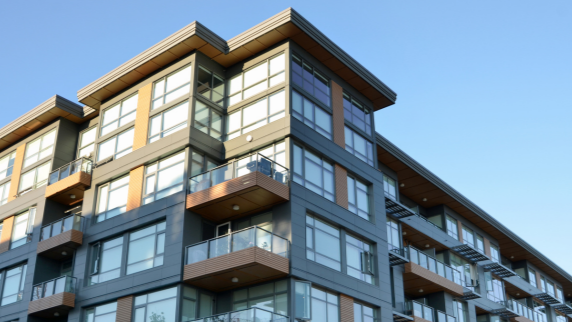Build Canada Homes: A Bold Opportunity — If We Get It Right
Published August 27, 2025
Written by:
- John Gordon (Chief Executive Officer, National Indigenous Housing Collaborative Inc.)
- Tim Ross (Chief Executive Officer, Co-operative Housing Federation of Canada)
- Ray Sullivan (Executive Director, Canadian Housing and Renewal Association)

But one critical question remains: Affordable for whom? If the answer is everyone, we need a candid conversation about how we can achieve that goal.
Canadians are overwhelmingly concerned about the state of housing, and believe that the federal government has a large role to play. We know the market can deliver affordable homes for a good number of households, rented and owned.
For many others, what the market can deliver will not be affordable. For example, average rent for a 2-bedroom in Halifax is $1707. A household needs an annual income of $68,280 to afford this, without compromising their ability to pay for other essentials. But in Halifax, more than 40% of households make less than that.
The challenge is even greater for Indigenous people. 17.9% of Indigenous households are in core housing need, compared to 11.6% of all households, reflecting systemic inequities.
This is where community housing comes in. The community housing sector includes housing co-operatives, non-profit providers, and Indigenous housing organizations that exist across the country. These buildings look similar to market rentals, but what they offer is fundamentally different: security, affordability, and community.
They operate on a non-profit and mission-driven basis; no renovictions, building sales, or undue rent hikes.
Almost all use a mixed-income model, with rents that work for low- to moderate- to middle-income households and overall are lower than comparable market rentals. This is because there is no profit motive, and because government investment offsets the cost of construction.
Indigenous community housing solutions use a “for Indigenous, by Indigenous” approach, leveraging the expertise of Indigenous housing providers working in urban, rural, and northern communities. Empowering these organizations is essential.
If Build Canada Homes is to succeed, it must prioritize community housing. That includes building new co-operatives and non-profits and embedding a “For Indigenous, By Indigenous” mandate for Indigenous-led housing solutions in urban, rural, and northern communities. Not only would we have more affordable homes, but we would also boost economic productivity.
While the first generation of non-profits and co-ops built in the 1970s and 80s were often small and focused on operations, over the past decade the community housing sector has developed significant expertise as a developer and an owner.
Now, across the country, community housing providers are stepping up with bold, scalable solutions.
In British Columbia, the Community Land Trust (CLT) has leveraged a portfolio-based approach to drive growth in co-operative housing. Today, the CLT has more than 40 co-ops in their portfolio, with more than 2,600 occupied homes and another 800 homes in development or under construction across the province.
In Ontario, Ontario Aboriginal Housing Services (OAHS) is also using a portfolio approach to build 1,200 new units on 22 sites across the province. OAHS is delivering affordable and culturally appropriate housing tailored to Indigenous people.
Also in Ontario, Indwell has rapidly expanded its portfolio of supportive housing, demonstrating that with the right partnerships, non-profit developers can deliver deeply affordable homes that support people’s health, dignity, and stability at scale.
These are the kinds of solutions that Build Canada Homes must accelerate.
The sector has many shovel-ready projects across the country. But these projects are now in limbo because existing federal programs are running out of funds and it remains unclear how they factor into Build Canada Homes.
Letting that pipeline of projects stall would be a costly missed opportunity, especially as private developers are pulling back due to economic uncertainty.
Now, the possibility of a recession is top of mind. We are reminded of the 2008 financial crisis when one of the key federal stimulus responses was to invest in the construction and repair of community housing. This created both housing and jobs.
To be credible, Build Canada Homes must focus on unlocking the full potential of community housing and honour the leadership of Indigenous organizations by embedding a “For Indigenous, By Indigenous” mandate into its approach.
Let’s keep building together.
Don't miss out on the latest co-op news, success stories, and helpful resources for your co-op. Sign up here to receive our eNews every two weeks straight to your inbox!
